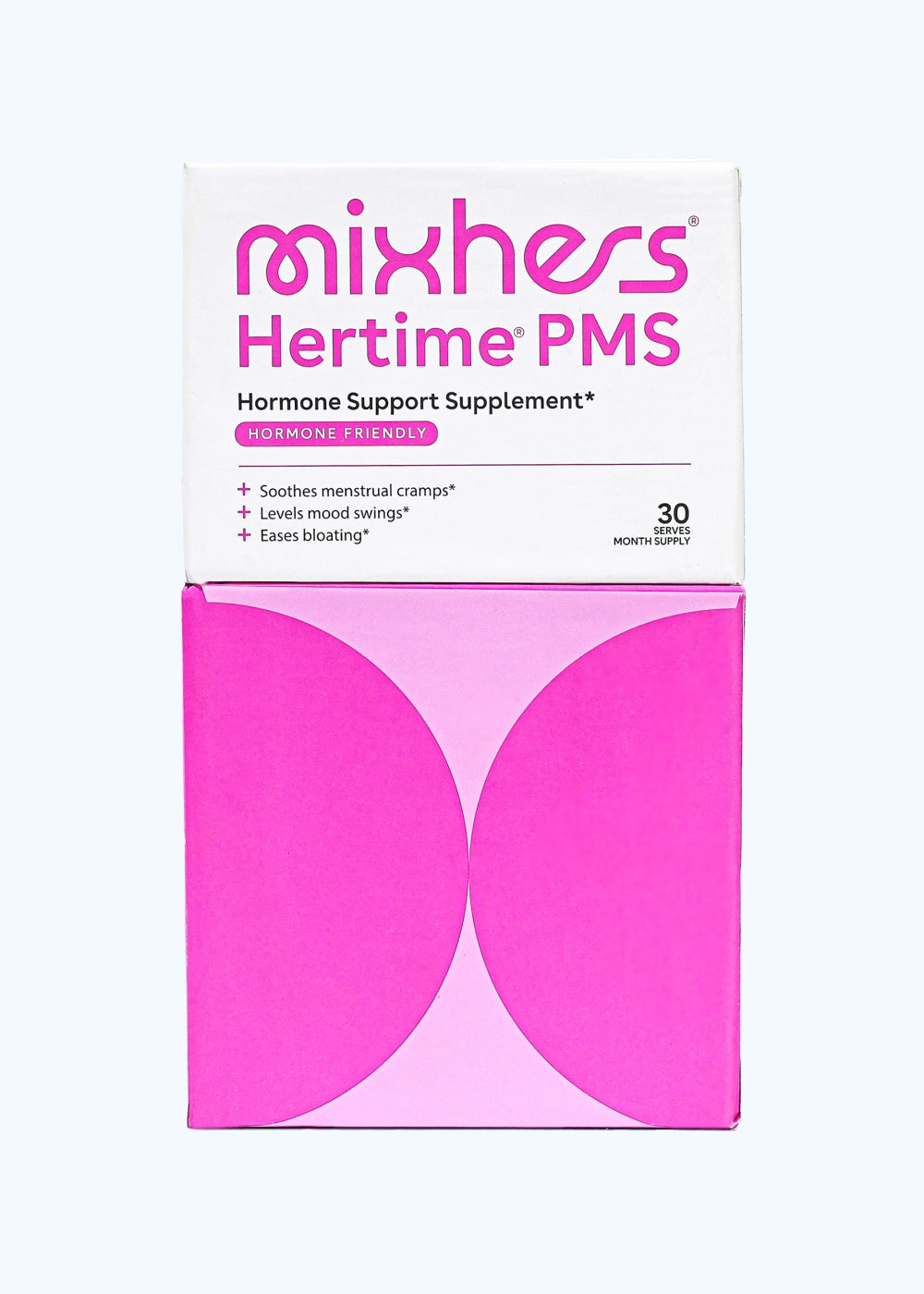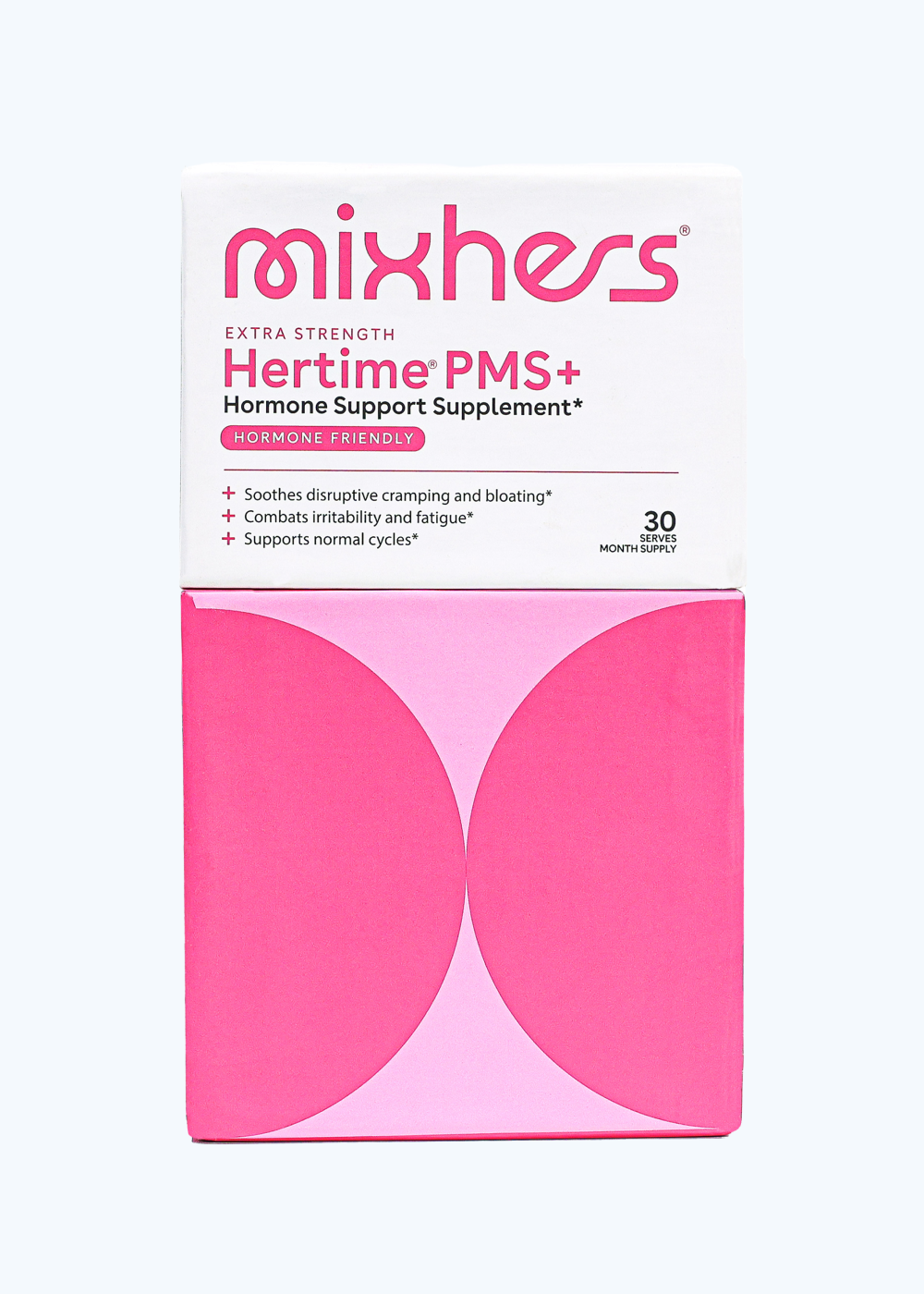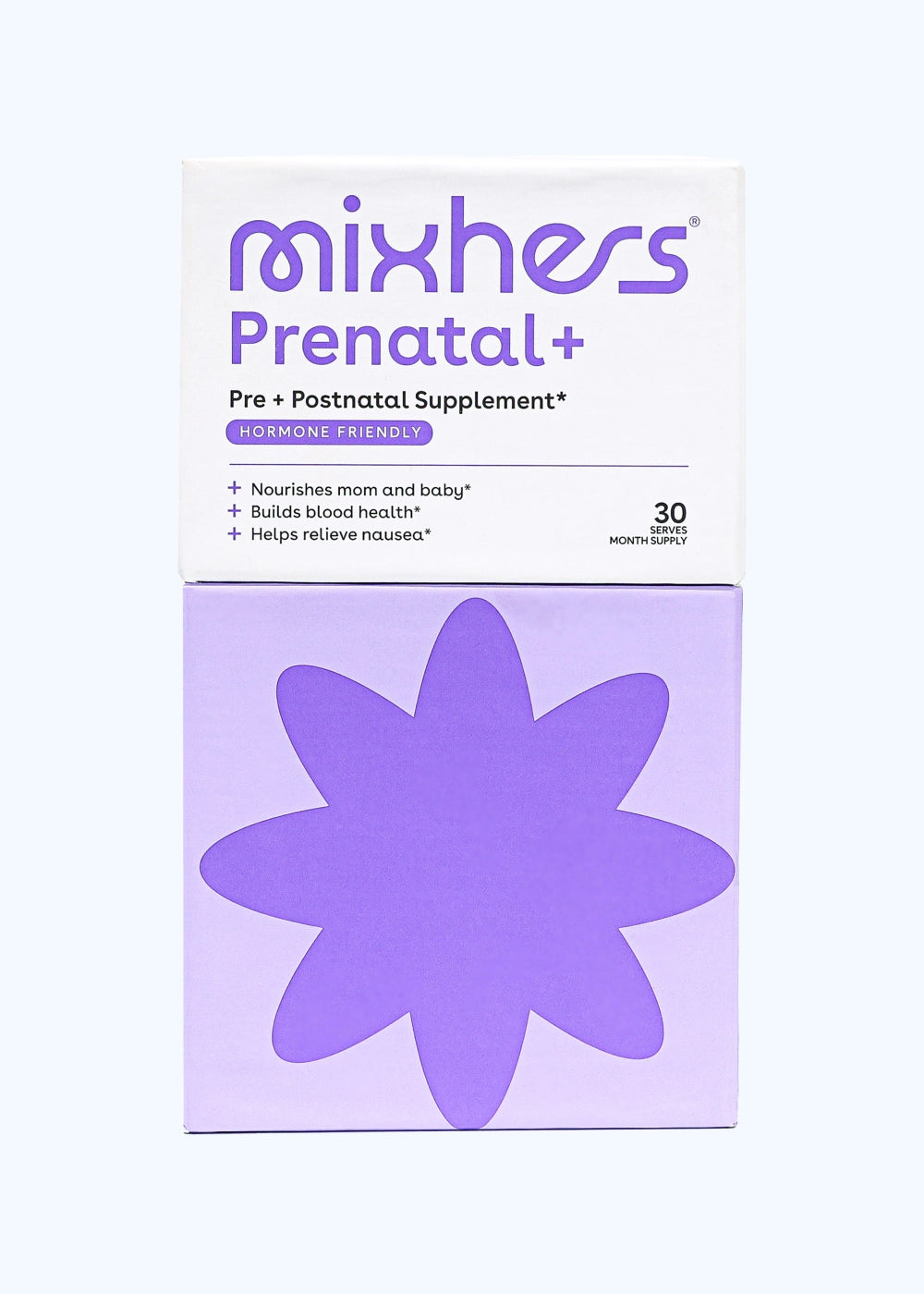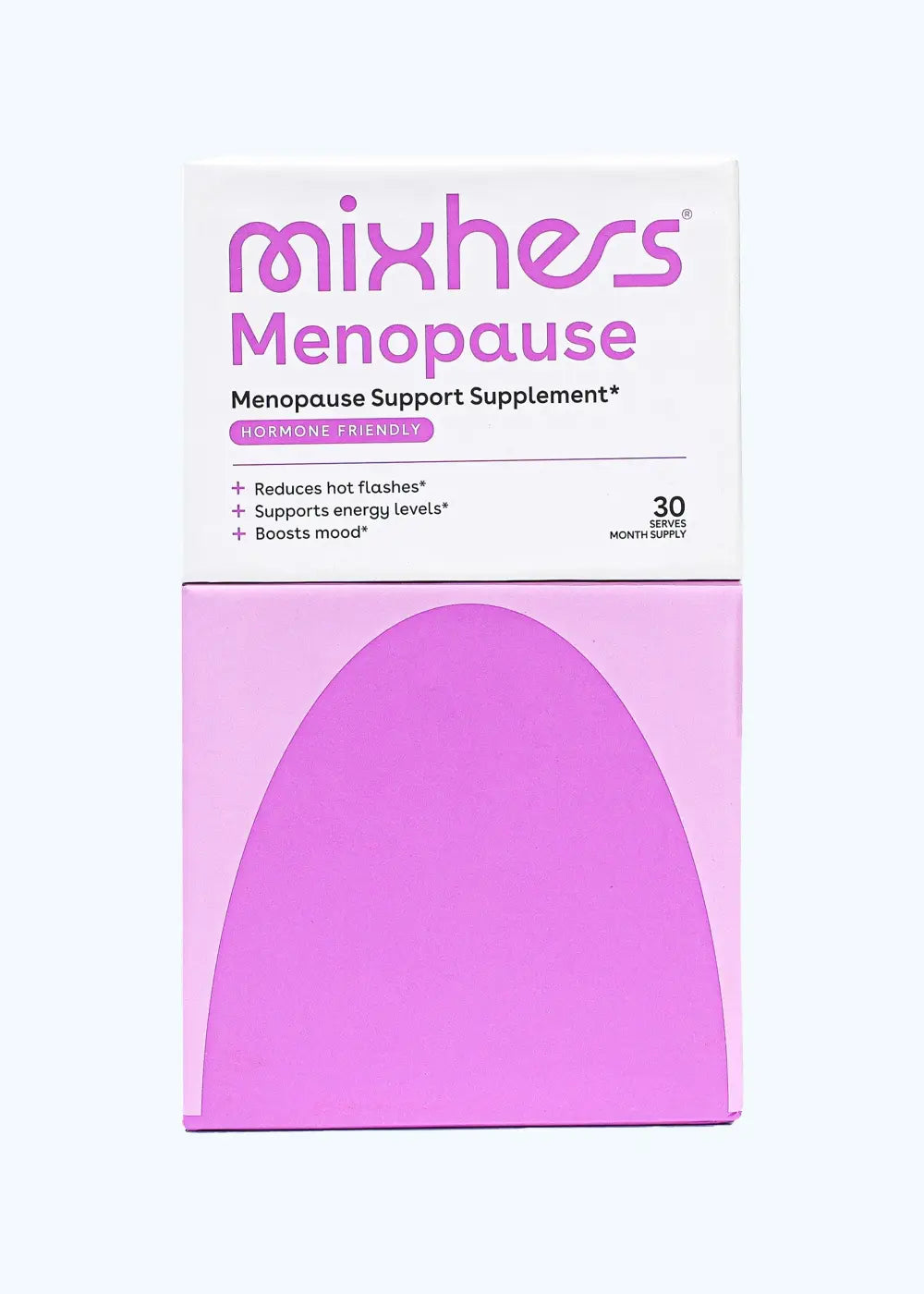As women approach perimenopause and transition into menopause, their bodies experience significant hormonal shifts driven primarily by changing estrogen and progesterone levels. This affects everything from mood and sleep patterns to metabolism and bone density. With so many changes happening in the body, the menopause transition can be an opportunity to evaluate how your exercise routine can shift to support you through perimenopause, menopause, and beyond.
In recent years, there has been an increasing recognition of how the infradian rhythm — an approximately monthly cycle unique to women — can influence fitness. As women transition into menopause, these cycles evolve, and so should the approach to exercise. By understanding the physical and emotional shifts during this time, women can tailor their fitness routines to work harmoniously with their changing hormone levels.
Understanding the Impact of Menopause
Menopause is defined as the end of a woman’s menstrual cycles, confirmed after 12 consecutive months without a period, typically occurring between the ages of 45 and 55. The phase leading up to menopause, known as perimenopause, can begin several years earlier and is characterized by hormonal fluctuations that bring about a range of symptoms:
- Decreased estrogen levels: Estrogen, a hormone that plays a key role in regulating the menstrual cycle, begins to decline. This can lead to weight gain, particularly around the abdomen, decreased muscle mass, and changes in skin elasticity.
- Bone density reduction: Estrogen also helps maintain bone density. As its levels drop, women are at an increased risk of osteoporosis, where bones become weak and brittle.
- Slower metabolism: Hormonal changes can slow down metabolism, making it easier to gain weight and harder to lose it.
- Mood swings and emotional changes: Fluctuations in hormones can lead to mood swings, anxiety, depression, and a general sense of emotional instability.
- Sleep disturbances: Hot flashes, night sweats, and other symptoms can disrupt sleep, leading to fatigue and a lack of energy.
These changes can make it tempting to decrease physical activity, but regular exercise is crucial for managing symptoms. A well-rounded exercise routine tailored to the needs of a menopausal body can improve cardiovascular health, strengthen muscles, support bone density, enhance mood, and boost metabolism.
Optimizing Exercise for Menopause
Cardio to Support Heart Health and Weight Management
Cardiovascular or aerobic exercises such as walking, running, swimming, and cycling are excellent for maintaining heart health and managing weight. During menopause, the risk of cardiovascular disease increases due to the loss of protective effects from estrogen. Therefore, incorporating regular cardio sessions is vital.
- Frequency and intensity: Aim for at least 150 minutes of moderate-intensity aerobic exercise per week, as recommended by the American Heart Association. This can be broken down into 30-minute sessions, five times a week. Alternatively, 75 minutes of vigorous activity, like running or aerobics, can be spread across the week.
- Low-impact options: For women experiencing joint pain or stiffness, low-impact activities such as walking, swimming, or using an elliptical machine can provide cardiovascular benefits without putting undue stress on the joints.
- Interval training: High-intensity interval training (HIIT), which involves short bursts of intense exercise followed by rest, can be particularly effective for boosting metabolism and burning fat. However, it’s essential to start slow and listen to the body to avoid injury.
Strength Training to Build Muscle and Bone Density
As estrogen levels decline, so does muscle mass and bone density. Strength training, also known as resistance training, can counteract these effects by stimulating muscle growth and maintaining bone health.
- Weight-bearing exercises: Lifting weights, using resistance bands, or performing body-weight exercises like squats, lunges, and push-ups can help build muscle and bone strength. Aim for at least two to three strength-training sessions per week, focusing on all major muscle groups.
- Progressive overload: To continue building strength, gradually increase the weight or resistance over time. This approach, known as progressive overload, ensures muscles are continuously challenged, promoting growth and resilience.
- Core strength: A strong core is crucial for balance and stability, which can decline with age. Exercises like planks, bridges, and Pilates moves can strengthen the abdominal and lower back muscles, supporting posture and reducing the risk of falls.
Flexibility and Balance to Enhance Mobility and Prevent Injuries
Flexibility and balance exercises are essential for maintaining mobility and reducing the risk of falls, which can become more common with age.
- Yoga and pilates: Both yoga and Pilates are excellent for enhancing flexibility, balance, and core strength. These practices also offer mental health benefits, such as reduced stress and improved mindfulness. Incorporating a few sessions each week can promote relaxation, improve posture, and increase flexibility.
- Stretching: Incorporate stretching exercises before and after workouts to maintain flexibility and prevent muscle stiffness. Focus on stretching all major muscle groups, holding each stretch for at least 20-30 seconds.
- Balance exercises: Simple balance exercises, such as standing on one leg or using a balance board, can improve stability. Tai Chi, a form of martial art that involves slow, controlled movements, is also highly effective for enhancing balance and coordination.
Connect Mind and Body to Support Mental Health
The emotional and psychological shifts during menopause can be challenging. Incorporating mind-body exercises can help manage stress, anxiety, and mood swings.
- Mindfulness meditation: Practicing mindfulness meditation can help reduce stress, improve sleep quality, and enhance overall well-being. Even a few minutes of meditation each day can make a significant difference.
- Breathing exercises: Deep breathing exercises can help calm the mind and reduce anxiety. Techniques like diaphragmatic breathing or the 4-7-8 breathing method can be incorporated into daily routines or used during stressful moments.
- Yoga and Tai Chi: As mentioned earlier, these practices not only improve physical health but also promote mental and emotional balance. The focus on breath and movement helps to create a sense of calm and centeredness.
Listen to Your Body and Adapt to Changing Needs
As your body changes, give yourself the grace and space to remain flexible with exercise routines and be attentive to how the body responds. Menopause is a time to focus on self-care and listen to your body's needs.
- Rest and recovery: Over-exercising can lead to burnout and injury, particularly during menopause when the body’s ability to recover may be slower. Incorporate rest days and listen to your body’s signals to avoid overexertion.
- Intensity: Some days may be more challenging than others, and that’s okay. Adjust the intensity of workouts based on your energy levels and how you feel. It’s better to engage in lighter activities consistently than to push too hard and risk injury.
- Professional guidance: Working with a fitness trainer or physical therapist experienced in menopausal health can provide personalized guidance and ensure exercises are performed correctly and safely.
Creating a Holistic Exercise Routine
To create a well-rounded exercise routine during menopause, try to combine different types of exercises that address cardiovascular health, muscle strength, flexibility, balance, and mental well-being. Here’s a sample weekly routine that incorporates all these elements:
- Monday: 30 minutes of brisk walking (cardio) + 15 minutes of stretching (flexibility)
- Tuesday: Strength training (full body) for 45 minutes
- Wednesday: Yoga or Pilates class for 60 minutes (flexibility, balance, and mindfulness)
- Thursday: 20 minutes of cycling (cardio) + 10 minutes of balance exercises (balance)
- Friday: Strength training (focus on upper body) for 45 minutes
- Saturday: Rest day or light activity, such as a leisurely walk or gentle stretching
- Sunday: HIIT session for 20-30 minutes (cardio) + 10 minutes of meditation (mindfulness)
This routine can be adjusted based on individual preferences, energy levels, and any specific health considerations. The key is to find a balance that supports physical health, respects the body’s needs, and brings you joy and satisfaction.
Embracing the Journey
Menopause is a natural phase of life that every woman experiences differently. While the physical and emotional changes can be challenging, they also offer an opportunity to reconnect with the body and prioritize self-care. By optimizing exercise routines to align with the body's changing needs, women can navigate menopause with strength and grace.
Not sure which drink is right for you?
Get matched with products designed for your unique wellness goals.
Featured Product

Menopause
Menopause Support Supplement











